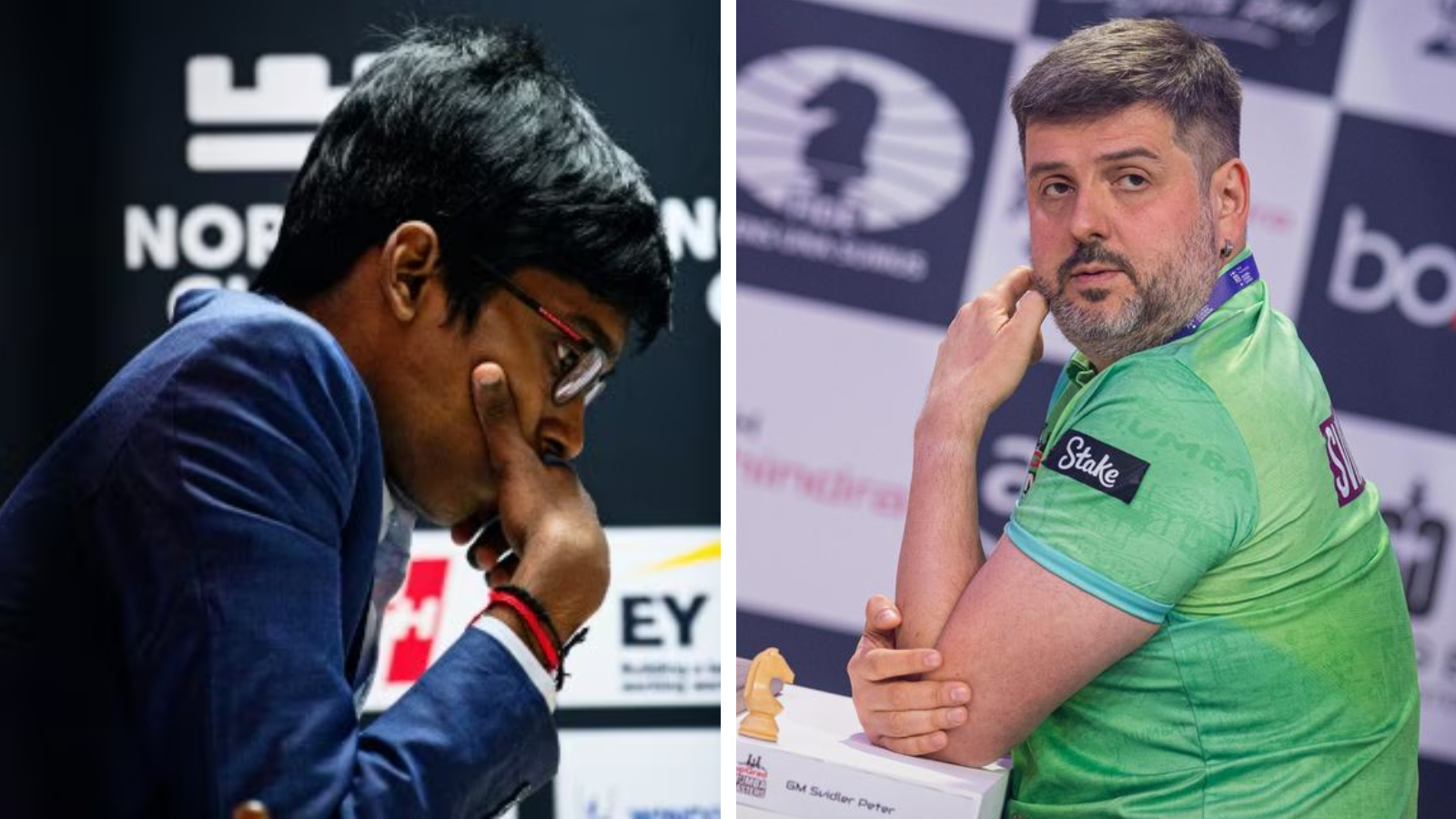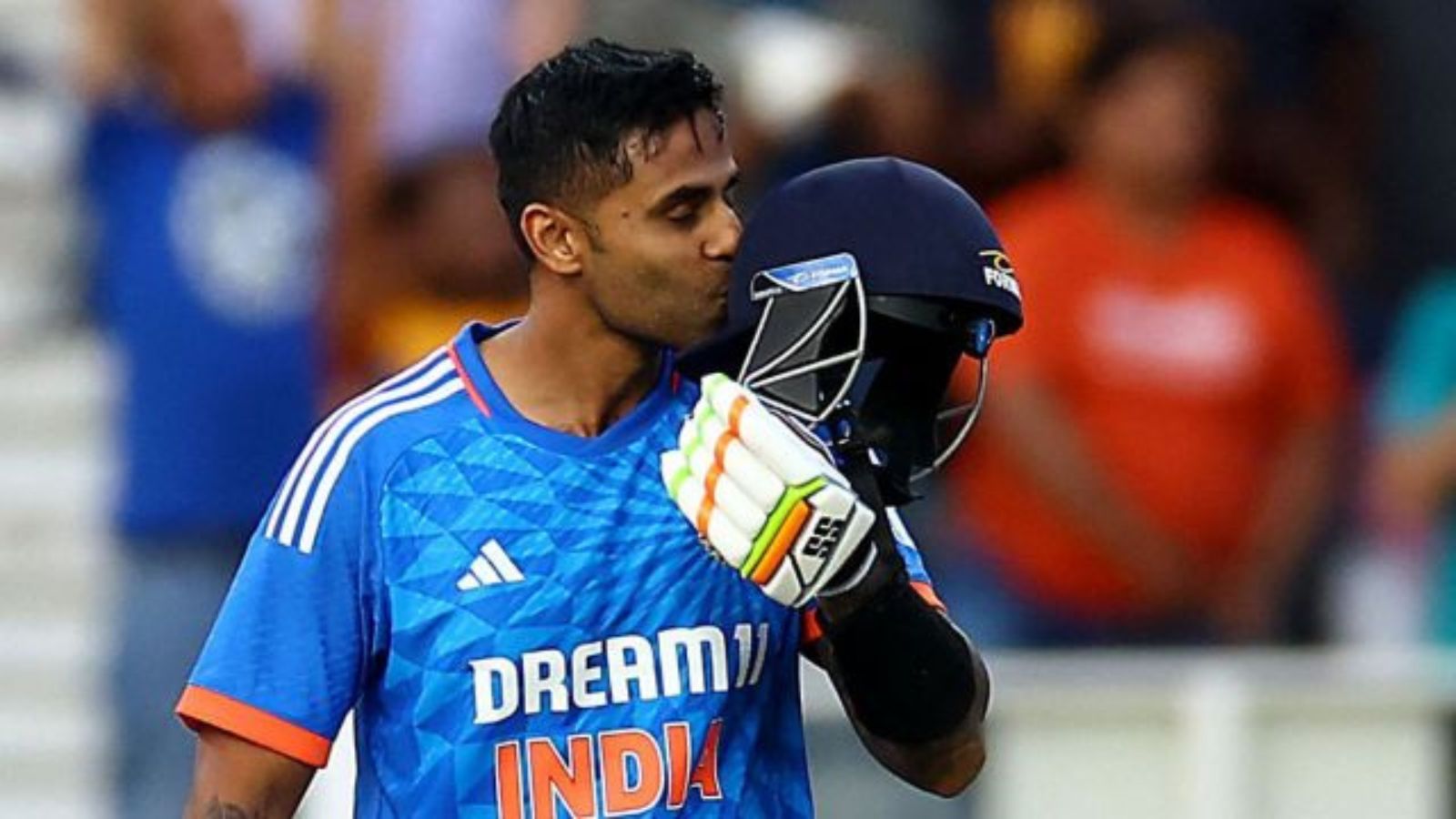It was badminton, mind you. Unlike that final instalment of the silly Twilight movie finale, the doom scene wasn’t imaginary, but a real scary 95-99 score. India trailing USA 95-99, with just the last match left to salvage matters. Bhavya Chhabra and Param Chaudhary proved India’s heroes in boy’s doubles, taking 9 points on the trot, against Americans Kai Chong and Kyle Wang, winning the match 15-2 in the next 7 minutes to nick the tie 110-101. But only just.
Utterly barmy, but who knows – this is what badminton might look like in the future?
There were other mind-bending results in the course of the week at World Juniors in China. France beat Korea. The USA had actually beaten Thailand. In the final positions, they also downed mighty Denmark. Trinidad and Tobago beat Mongolia, fielding just three players, over ten matches. On their World Badminton Junior Championship debut, no less.
And, New Zealand – they of the wretched luck of 2019 boundary countback in World Cup cricket fame – lost all, but one match to the Netherlands. But they ended up winning the tie claiming the decisive final relay leg – the last crucial match, against the Dutch.
What is relay scoring?
The highly complicated relay scoring system – where you carry forward points from one match to next, and each match is just the first-to-multiple of 11 levelling points (whichever team is closest to 11, 22, 33, 44, 55, so on, upto 111 team points), was dusted off and used for the BWF World Junior Mixed Team Championships, that have been underway in Nanchang.
The relay scoring system for a mix-match of all five categories in singles and doubles, is a legacy inherited from the 2018 Youth Olympic Games held at Buenos Aires. Those Games in Argentina will go down as a landmark in sporting innovation, not just for getting great numbers for Breaking as a sport, but for tweaking around competition formats and whipping up scoring systems in a nice earthy bowl. A fine scoring salad it might be, keeping the tone youthful and turning badminton into a proper team endeavour. But it had crunch.
You play your match – reaching 11 points or chasing its multiple – and step aside, and team mates take over the baton. This goes on over 10 matches, with no pause, and one match can go anywhere between 5 minutes to 16 minutes. It’s the single pizza slice version of a badminton match, the slider-sized two-bites-and polished off bonzai burger variety of the team game, known for its marathon Thomas and Uber Cup contests in seniors. The upcoming shuttlelings though, were offered just a tasting sampler of the real meal. And the results were surprisingly pleasant.
As entirely unheard of and unheralded Trinidadians and Americans and the yuppie French bounced about celebrating their wins, a bunch of players from the newbie nations spoke of “shaking on the court”, “shivering with happiness” given they had never experienced winning against the big countries.
The funky format allows upsets, encourages them even. And it was pure adrenaline that the U19s were experiencing coursing through them. The Caribbean young players, who’ve never blipped on the badminton radar, were suddenly believing that they could possibly beat Denmark one day. Unrealistic, but seeds of the dream were sown, and there was merry talk about training hard towards those newfound goals.
China, Indonesia, Malaysia, and Japan eventually made their way up to the Final Four. But one of the unintended spinoffs of relay-badminton, and the possibility of underdogs edging out the biggies, has been it tosses up a dream for shuttlers from unfancied nations to take a shot. Chen Jin, the former affable beast from China, now working as junior coach, was watching, and was left quite amused at how the format levelled things out for smaller nations.
#SuhandinataCup2024 – Medalists
🥇INDONESIA
🥈CHINA
🥉JAPAN
🥉MALAYSIA#WJC2024 pic.twitter.com/IBPgdd7GbI— Badminton Talk (@BadmintonTalk) October 5, 2024
Other trends are visible: USA and France are definitely on the rise, the Americans leaping faster than anyone thought. Chinese Taipei isn’t going away even after Tai Tzu Ying. Malaysia is making amends in women’s doubles and fast catching up, and Indonesian women’s doubles is in resurrection mode. China and Japan have juniors playing at a very high level. Indian juniors are terribly slow starters in quickfire formats, like the 11 point one on offer here, though the men’s doubles are showing the stomach for a fight.
The individual events will offer a clearer picture, but the badminton canvas is expanding with players from newer countries. China will hold on, even as Americans with their Chinese and Polish-origin ethnicity nationals mount a challenge leading upto LA Olympics.
India though, is lagging worryingly behind, forced to finish 6th after going down to Chinese Taipei. The signs are ominous.






